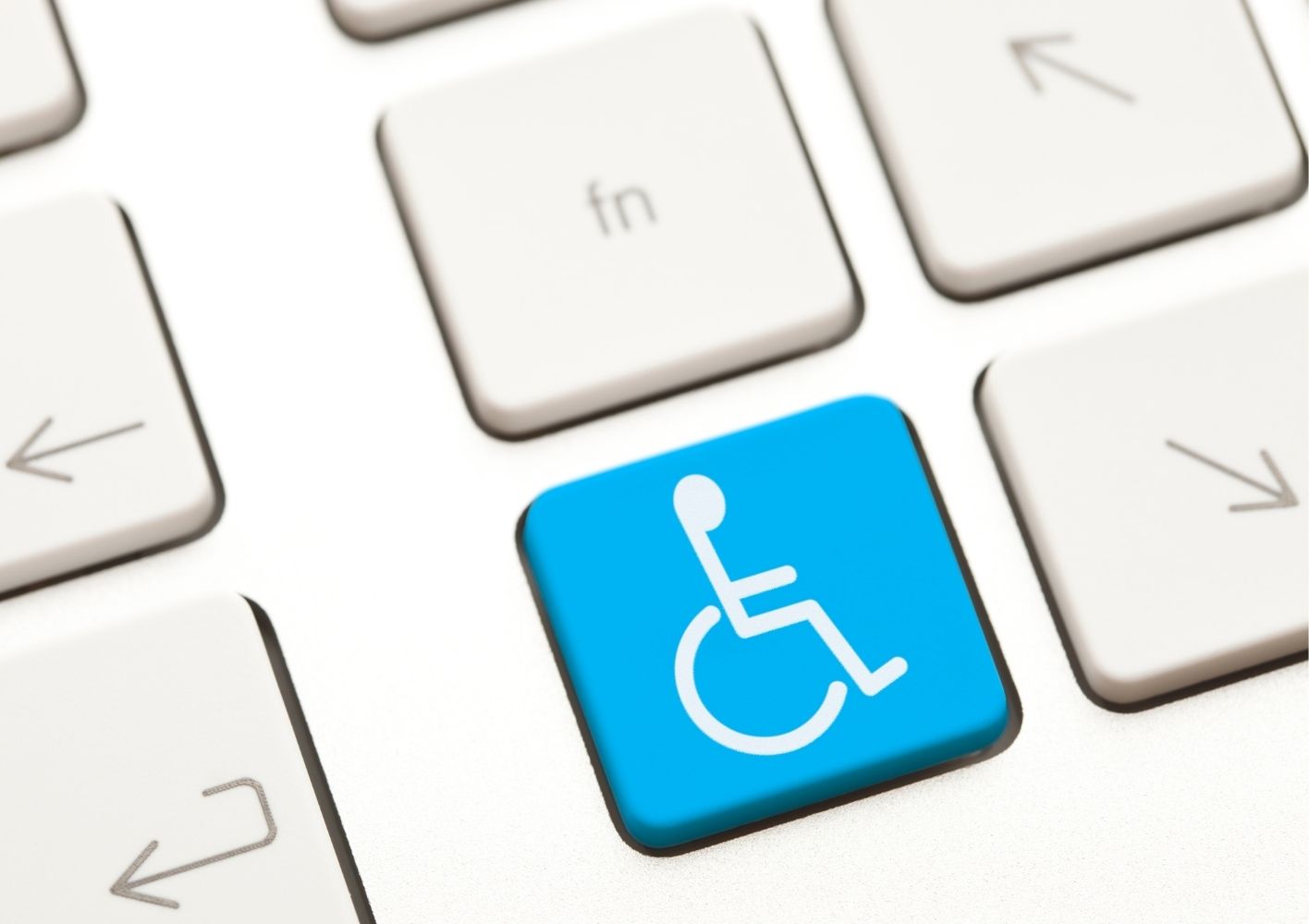The Key Features Behind an Accessible Chatbot

It’s a digital world.
In fact, it’s entirely possible to live most of your life using only the internet.
You can order your food and clothes online. Check what day the bins get collected, apply for parking permits, and stream TV shows.
While it might be a little bit scary to think about how much of our modern world relies on the internet, it’s also provided new opportunities for everyone.
Chatbots are capable of providing innovative and amusing experiences or simply helping someone get the answer they need in seconds.
With this in mind, it’s vital that every chatbot user enjoys the same experience.
Chatbots open doors to efficiency. While doing so, it’s vital chatbot builders don’t close doors due to accessibility.
Here, we discuss what makes for an accessible chatbot experience. The kind of experience that’s crafted for everyone to enjoy.
The points raised in this article are all with the Web Content Accessibility Guidelines (WCAG) in mind. All chatbots created using ubisend comply with WCAG 2.1.
Easy on the eyes, efficient on the tasks
Chatbots are, at their core, here to make our lives easier.
No more waiting on hold, getting lost in a customer service rep’s flooded inbox or reading endless web pages trying to find an answer.
Instead, simply pop a chatbot a question and get your answer a second or two later.
In order to maintain an efficient experience for every user, you’ve got to bear in mind ease of use.
Your chatbot might answer quickly, but that’s useless if a user struggles to read the answer.
Fashion and function
Clear contrast between different chatbot elements is key to ensure easy differentiation at a glance. For example, ubisend quick replies (buttons) have a layer of contrast to the chatbot widget, making it clear they are interactive buttons.
To make life easier for businesses, the ubisend platform provides accessibility design tips when designing your chatbot. The platform will automatically let you know if you’ve chosen colour combinations that are difficult for those with colour blindness to distinguish between.

It’s also worth bearing in mind different levels of eyesight. Not everyone is blessed with 20/20 vision. The WCAG recommend all text can be increased by 200% without losing quality to make it easy to read chatbot messages.
Engagement as easy as pressing 1, 2, 3
Some people find it easier to use a mouse over a trackpad. For others, it’s much easier to only use a keyboard when using a computer.
With this in mind, it’s vital that everyone can engage with a chatbot using only their keyboard.
Users should be able to press tab to cycle through different chatbot elements, letting them select buttons and icons without having to use a mouse.

To assist keyboard-only users, it’s also worth highlighting the active area of the chatbot (the area a user has currently selected, such as a composer or button). This helps make it clear which part of the chatbot a keyboard-only user has selected.
Crafting exceptional chatbot experiences
Stepping away from the accessibility guidelines laid out in the WCAG, using the correct mix of message types is vital for a user-focused chatbot experience.
Chatbots offer a variety of message types to display information.
Image messages, videos, carousels, and pure text messages all have their own place in the chatbot experience.
Text-only messages are great for quick answers, whereas carousel messages are perfect for displaying a range of products or information.
Using the right message type at the right time is vital, here’s a little cheatsheet for when to use different message types:

Of course, the above is merely a guideline. Focus on what works best for your audience.
The importance of accessibility
For many, chatbots provide an easy way to reach out to a business.
All chatbot builders need to take every possible step to ensure the innovative chatbot experiences they created can be enjoyed by all.
All web-based chatbots deployed by the ubisend platform now meet theWeb Content Accessibility Guidelines (WCAG 2.1). If you’re a ubisend user, there's no action required on your part to ensure your chatbot meets these guidelines - everything's already in place.
You can read more about the steps ubisend has taken to ensure an accessible chatbot experience here.












